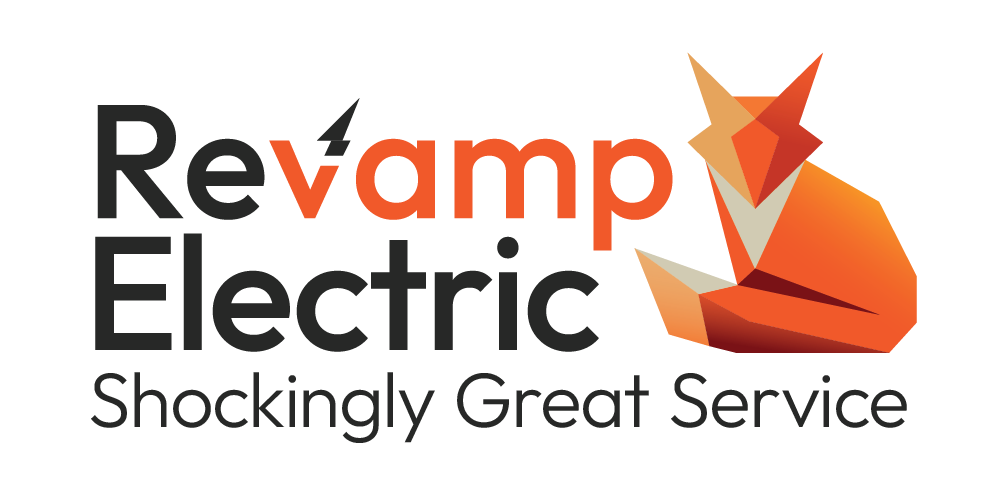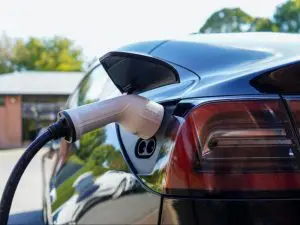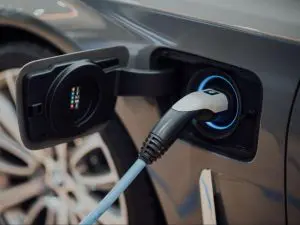As electric vehicles (EVs) become increasingly popular, more homeowners are considering installing EV chargers at home. Preparing your home electrical system for an EV charger requires careful planning, understanding of electrical requirements, and potentially hiring a professional electrician. This guide will help you understand the steps involved in preparing your home for an EV charger.
Assess Your Electrical System
Before installing an EV charger, you need to assess your home’s electrical system to ensure it can handle the additional load. Our friends at Nissan of Torrance have provided us with information about what to check for once you have located your electrical system.
a. Check the Service Panel Capacity: The service panel, also known as the breaker box, distributes electricity to different circuits in your home. Modern homes typically have a 200-amp service panel, which is usually sufficient for an EV charger. However, older homes might have a 100-amp panel, which may need to be upgraded.
b. Calculate Electrical Load: Determine your current electrical load by adding up the amperage of all your home’s electrical appliances and devices. This will help you understand if your existing panel can handle the additional load of an EV charger, which typically requires a 30-50 amp circuit.
c. Consider Future Needs: If you plan to install more than one EV charger or anticipate future electrical upgrades, consider these in your assessment to avoid multiple upgrades.
2. Choose the Right EV Charger
There are different types of EV chargers, each with its own electrical requirements.
a. Level 1 Chargers: Level 1 chargers use a standard 120-volt outlet and can be plugged into any household outlet. They are slower, adding about 3-5 miles of range per hour of charging.
b. Level 2 Chargers: Level 2 chargers require a 240-volt outlet and are much faster, adding 20-60 miles of range per hour of charging. These chargers are ideal for overnight charging and are the most common choice for home installation.
c. Level 3 Chargers: Level 3 chargers, or DC fast chargers, are typically used in commercial settings due to their high power requirements and cost. They are not typically installed in homes.
Determine the Installation Location
Choosing the right location for your EV charger is crucial for convenience and safety.
a. Proximity to Parking Area: The charger should be close to where you park your EV to minimize the length of the charging cable. The shorter the cable, the better, to avoid tripping hazards and reduce electrical resistance.
b. Accessibility to Electrical Panel: The charger should be installed as close to the electrical panel as possible to minimize wiring costs and voltage drop. If the panel is far from the parking area, additional conduit and wiring will be required, increasing the installation cost.
c. Safety Considerations: Ensure the installation area is dry and protected from the elements. If installing outside, choose a weatherproof charger and enclosure.
Hire a Professional Electrician
While some homeowners may be comfortable with minor electrical work, installing an EV charger typically requires the expertise of a licensed electrician.
a. Electrical Permit: An electrician will know the local building codes and can obtain the necessary permits for the installation. This ensures the work meets safety standards and is inspected by the local authority.
b. Upgrading the Electrical Panel: If your electrical panel needs an upgrade or you need additional circuit breakers installed, a professional electrician can perform these tasks safely and correctly.
c. Installing the Charger: The electrician will install the appropriate outlet or hardwire the charger to your electrical system, ensuring all connections are secure and meet code requirements.
Upgrade Your Electrical Panel if Necessary
If your assessment reveals that your current electrical panel cannot handle the additional load of an EV charger, you may need to upgrade it.
a. Service Panel Upgrade: Upgrading from a 100-amp to a 200-amp service panel involves replacing the panel and possibly upgrading the service line from the utility company. This can be a significant expense but is necessary for safely accommodating the additional load.
b. Subpanel Installation: In some cases, installing a subpanel might be a more cost-effective solution. A subpanel allows you to add additional circuits without replacing the main service panel. This can be useful if your main panel is full but otherwise adequate for your needs.
Install the EV Charger
Once your electrical system is ready, you can proceed with the installation of the EV charger.
a. Outlet Installation: For a Level 2 charger, a 240-volt outlet (such as a NEMA 14-50 or NEMA 6-50) will need to be installed. The electrician will run wiring from the panel to the outlet location and secure it according to the code.
b. Hardwired Installation: Some EV chargers are designed to be hardwired directly into your electrical system. The electrician will connect the charger to a dedicated circuit, ensuring all connections are secure and weatherproof if installed outdoors.
c. Mounting the Charger: Mount the charger securely on a wall or pedestal. Follow the manufacturer’s instructions to ensure it is at the correct height and angle for easy access.
Test the Installation
After the installation is complete, it’s essential to test the charger to ensure everything is working correctly.
a. Initial Power-On: Turn on the circuit breaker for the charger and power it up. Check for any error codes or issues indicated by the charger’s display.
b. Test Charging: Plug in your EV and initiate a charging session. Monitor the charger and your vehicle to ensure the charging process starts correctly and continues without issues.
c. Inspect Connections: Check all electrical connections and the charger itself for any signs of overheating or loose connections. Ensure all wiring is secure and properly insulated.
Understand the Charging Process
Understanding how to use your EV charger effectively can help maximize its efficiency and lifespan.
a. Charging Schedules: Many EVs and chargers allow you to set charging schedules to take advantage of off-peak electricity rates. This can save you money and reduce the load on the electrical grid during peak times.
b. Charging Levels: Understand the different charging levels available for your EV. Some vehicles allow you to adjust the charging rate, which can be useful for balancing charging speed with grid demand or home electrical load.
c. Monitor Usage: Keep an eye on your electricity usage and charging habits. Some EV chargers offer apps or web portals that allow you to monitor your charging sessions, energy usage, and costs.
Maintenance and Troubleshooting
Regular maintenance and troubleshooting can help keep your EV charger in good working condition.
a. Regular Inspections: Periodically inspect your EV charger for any signs of wear, damage, or loose connections. Ensure the charger is clean and free from debris.
b. Firmware Updates: Some EV chargers require firmware updates to improve performance or add new features. Check the manufacturer’s website or app for updates and install them as needed.
c. Troubleshooting: If you encounter issues with your charger, consult the troubleshooting guide provided by the manufacturer. Common issues can often be resolved by resetting the charger or checking the electrical connections.
Consider Future Upgrades
As technology evolves, you may want to upgrade your EV charger or add additional charging stations.
a. New EV Models: Newer EV models may have different charging requirements or capabilities. Stay informed about the latest developments in EV technology to ensure your charger remains compatible.
b. Additional Chargers: If you add more EVs to your household, you may need additional chargers. Plan your electrical system upgrades to accommodate future needs without significant rework.
c. Solar Integration: Consider integrating your EV charger with a solar power system. This can reduce your electricity costs and provide a sustainable energy source for your vehicle.
Conclusion
Preparing your home electrical system for an EV charger involves careful planning, understanding your current electrical system, choosing the right charger, and potentially hiring a professional electrician. By following these steps, you can ensure a safe and efficient installation, allowing you to enjoy the benefits of charging your electric vehicle at home. As EV technology continues to advance, staying informed and prepared will help you make the most of your investment in clean, efficient transportation.



